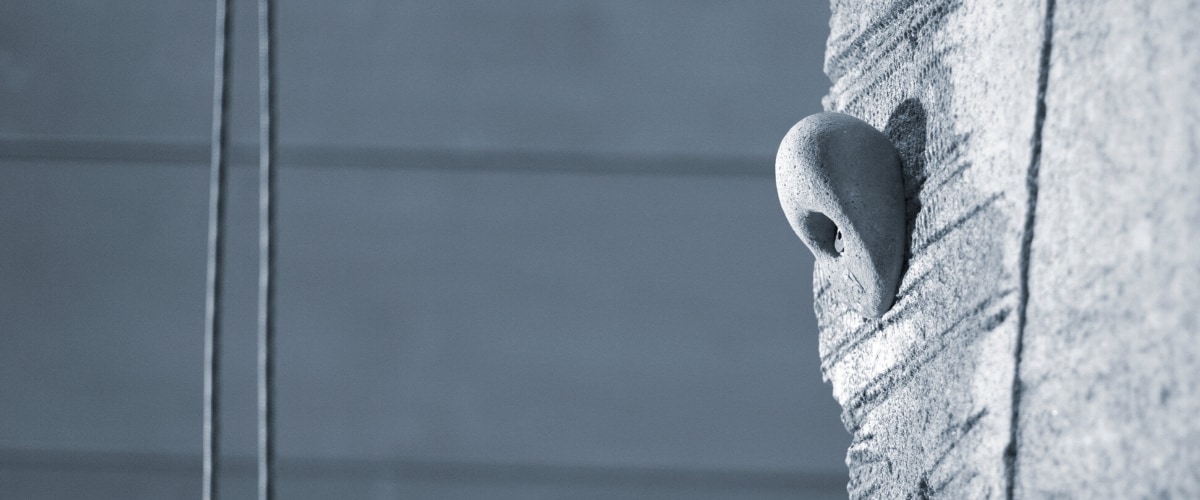Follow up on remaining Hygiene Brainstorm questions
Posted By Garnet Moore, Monday, April 27, 2020

On April 21, the CWA held a Hygiene Brainstorm community call for members to share their questions, ideas, and concerns about all things hygiene related. This is one of the largest areas of concerns for gyms at the moment, and the CWA is working to provide solid guidance as we begin to look towards reopening.
As we conduct research and work with our partners, calls like this are a great way to hear your individual concerns and give you updates on what we know at this moment. If you are not already participating in our calls please register now to join us.
This was one of our most active calls and there were a number of questions that we didn’t get to cover live. Read on for answers to those questions and some great insights from some of the participants on this call.
1. Someone mentioned not filling water bottles at our facility. Why?
As with any high-traffic area like door knobs, computer keyboards, etc., drinking fountain actuators should be cleaned regularly. However, you should not be concerned about providing water in general. SARS-COV-2 has not been detected in drinking water at this time.
2. Wouldn't low route density force more hands/feet on the same holds? There's almost a case to be made for more routes to spread out contact...
Climber’s personal hygiene will be as important to your reopening strategy as your cleaning procedures. While there is no practical guaranteed way to sanitize holds in-between climbs or even overnight, the gathering of climbers in common spaces is something that can be limited. Reducing route density or access could help limit people’s natural inclinations to congregate in confined areas.
3. Are all gyms eliminating shared lead ropes? Seems like it will be impossible to keep them clean and members will have to bring their own rope.
As we all know there are a lot of risks in climbing, and in operating a climbing gym. Balancing which risk is greater than another is something that we constantly do. If you have chosen to provide lead ropes rather than let customers bring their own, make sure that any changes to this policy consider all areas of risk. You may even need to change your waiver, gym rules, or any published information to cover any potential liability.
It is not impossible to safely provide lead ropes to your customers, but it may not be something you wish to do. You can clean ropes with warm water and soap and then let them air dry – this is sufficient to sanitize them as long as your soaking or cleaning time follows the directions of your chosen cleaning product. You can add a policy requesting that climbers do not bite the rope to get more slack - in most gym settings, bolts are close enough that careful routesetting could eliminate the need for more than an arm length of slack. And, you can quarantine your ropes for a period of time prior to redistributing them to your customers. Seven to ten days should be sufficient, but the science is still in development for determining how long SARS-COV-2 can stay active on these types of materials.
4. For gyms with fixed GriGris on ropes as a high contact usage, what cleaners and protocols would work without compromising the rope integrity?
Check with the manufacturers of your ropes on chemical compatibility, but in general the safest cleaning method will be soap and warm water. In general bleach should not be used on nylon products and there is some evidence that alcohol will not significantly weaken some common rope materials. However, the frequency of cleaning has not been thoroughly tested and the safest cleaning method would be soap followed by rinsing with clean water.
5. Is there any kit to test if surfaces have COVID-19 presence (active/inactive) on them? If yes, we could run test on hold (starting holds) and see if the gym has been contaminated.
Currently there are no publicly available tests like this, and it is unlikely that there will be. The only method of testing for an active virus is to attempt to grow the virus in a cell-culture. This is a great time to highlight a comment made on the call that some studies and public news reports discuss the presence of viral RNA, which is not necessarily the same as an active virus. When digesting information about COVID-19 make sure that you understand the information being presented in full before making any policy or decisions.
6. Is anyone considering requiring temperature to be taken prior to entering the facility?
This is an interesting question that may be guided by local regulations more than individual gym choice. While some gyms may have to, or choose to, do this it is unknown at this time whether the possible asymptomatic spread could be stopped with this measure. Encouraging your customers to be courteous to others and stay home if they are sick may be an effective way to place this responsibility on them rather than your staff.If you do need to take temperatures prior to entry make sure that you do so in a respectful and private manner and follow other basic health screening guidelines as well to protect your staff and your customers.
7. We are planning on spraying down our bouldering gym between sessions with a disinfectant. What are your thoughts on that?
Make sure that any chemicals used in a gym, especially in such a broad application, are compatible with all materials present. Find out what the active ingredients of your disinfectant are and analyze what sorts of safety equipment, paints, flooring, and other materials are present in your facility. Keep in mind that repeated exposure can have different effects than spot testing might reveal.
8. What about high pressure steam cleaning? does it disinfect? can we use it on ropes and harnesses?
There is not definitive evidence on SARS-COV-2 stability yet, but there is some evidence that higher temperatures will affect viability. However, steam cleaning is not a quick or inexpensive process and soap and warm water may be equally effective, faster, and cheaper. When it comes to ropes and harnesses there are temperature guidelines that you need to pay attention to, in general only warm water should be used on these materials – check with your gear manufacturer for specific temperature guidelines. Even common flooring materials can suffer from overly frequent steam cleaning.
9. Are gyms going to continue top rope testing / lead testing - what kind of staff to member contact will be stopped? Even some members still need to be tested.
Part of your facility’s hygiene will be the ways in which you protect your staff. You may decide to, or be required to, put up acrylic shields at your front desk, provide PPE to your staff, and to evaluate your staff's duties and create additional protocols based on their exact tasks. When it comes to the proximity required during belay tests you could require additional levels of PPE for your staff and customers. You could also create designated areas with preset testing rigs that allow for additional distance between employees and staff.
10. Is the CWA going to make cool posters for any of these topics?
Yes! We will be rolling out posters aimed at your customers and your staff. We want to help you communicate the extra measures you are taking to keep your facility as low risk as possible and we want to remind everyone in your gym about their personal responsibility in keeping themselves and others from getting sick.
 About the Author
About the Author
Garnet Moore is the Director of Operations at the Climbing Wall Association. Garnet brings more than a decade of experience in the climbing industry, including his time as the COO at Brewer's Ledge.
